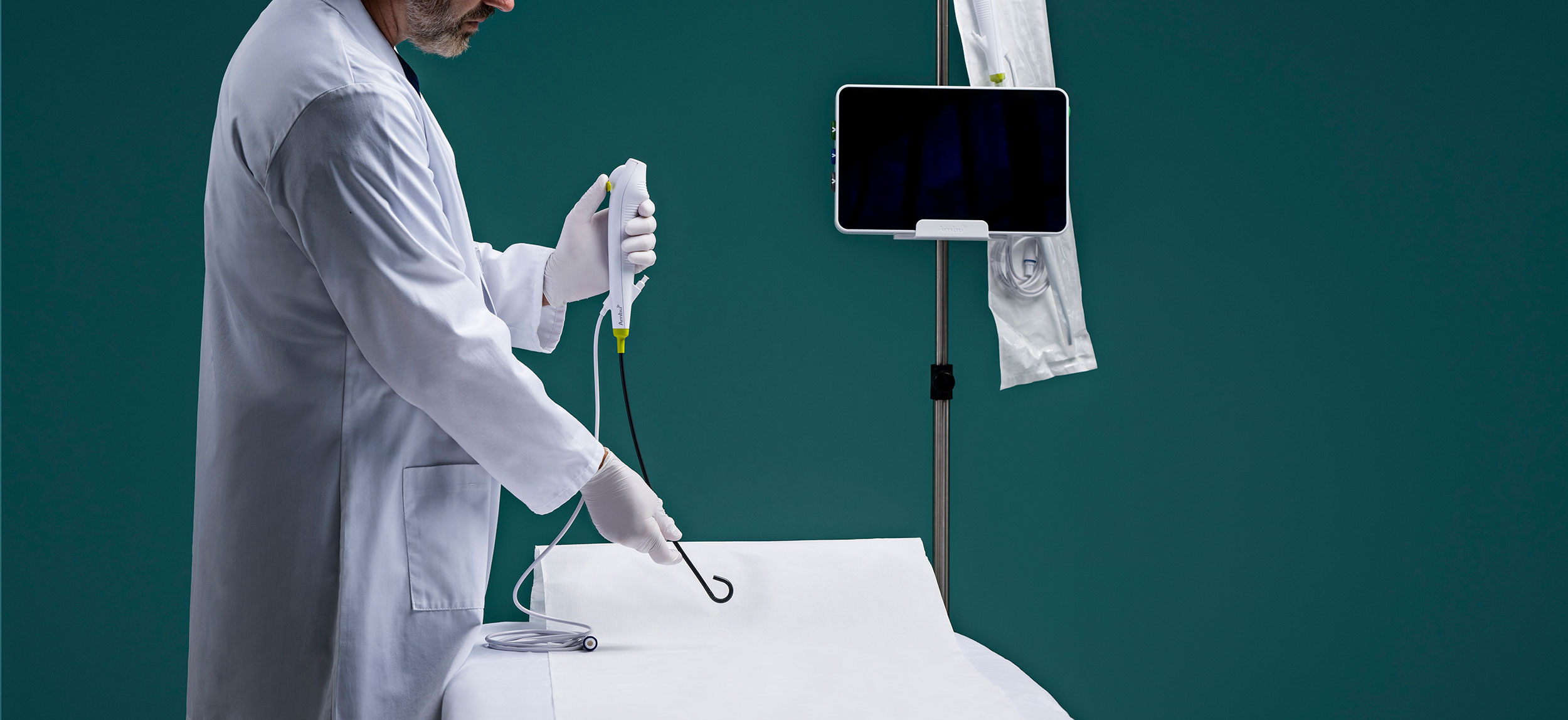
The growing number of patients complaining of chronic cough has inspired a new job description at one UK hospital: nurse bronchoscopist.
Manchester University NHS Foundation Trust (MFT) has created the role of a chronic cough clinical specialist to help alleviate delays in diagnosis and treatment of people with chronic cough, according to an update by MFT nurses Julie Martin and Sarah Hennessey.
Hennessey pursued a detailed training program to earn her new title so that she can perform bronchoscopies independent of physicians, to help diagnose, manage and treat patients with chronic cough — traditionally the job of respiratory physicians.
These nurse specialists are required to complete a practical and theoretical training program equal to that of medical bronchoscopists which complies with the British Thoracic Society’s bronchoscopy guidelines.
“Having had a consultation with the patient prior to bronchoscopy, the nurse is better equipped to lean on the core values of care by empathizing with the patient and allaying their fears and anxieties associated with the procedure,” according to Martin and Hennessey.
It is also hoped that chronic cough clinical specialists can free up other medical consultants to focus on more complex patient needs.
The traditional role of a nurse during bronchoscopy is to maintain a viable airway and to closely monitor the patient’s respiratory status. Nurses also relieve patient anxiety by telling them what to expect and what to avoid.
More than 4,000 bronchoscopies, both therapeutic and advanced, have been performed by nurse bronchoscopists at MFT, according to the authors.
During the initial nurse trainee program, 40 of 46 patients who responded to a survey following their procedure said they were satisfied with the nurse’s performance and would be happy for a trainee nurse bronchoscopist to do the procedure again.
A retrospective audit showed a rise in new patient referrals from 136 in 2014 to 384 in 2019. This approximate doubling of monthly referrals led to long wait times for bronchoscopy and therefore delays in diagnosis and treatment.
Among the reasons for bronchoscopy when there is chronic cough are:
Chronic cough is defined as a persistent cough, lasting eight weeks or longer, with no definitive diagnosis. It can be a symptom of chronic obstructive pulmonary disease, or COPD, which is a growing problem worldwide. The World Health Organization identifies COPD as the third-leading cause of death worldwide.


